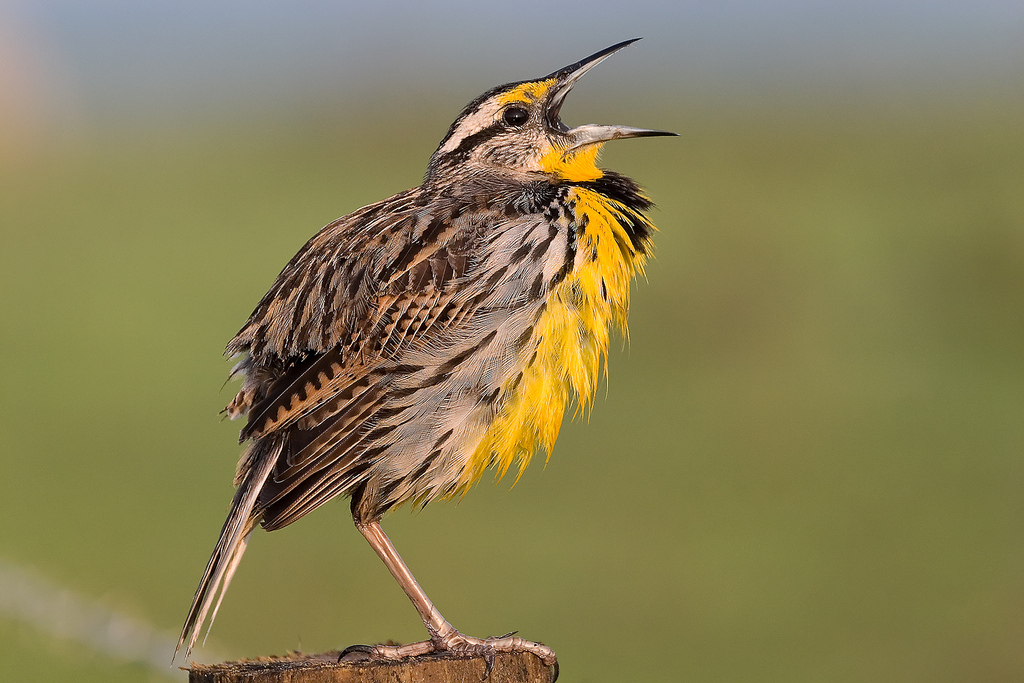Friends of Princeton Open Space (FOPOS) is in search of Volunteer Land Stewards at the Mountain Lakes Nature Preserve in Princeton, New Jersey. Volunteers will work under the guidance of our Natural Resource Manager, Anna Corichi, on the current Forest Restoration Project in Princeton. Email Anna at info@fopos.org with VOLUNTEER in the subject line.
Land Stewardship Sessions
Love the outdoors? We do too. If you have an interest in working with our Natural Resources Manager on a Saturday, or really any day of the week, please email Anna Corichi at info@fopos.org with VOLUNTEER in the subject line. What does a volunteer do? Tap here to find out!
Looking to step out of the office? Join us for a Lunch Hour Stewardship Session at the Mountain Lakes Preserve! Email Anna at info@fopos.org with VOLUNTEER in the subject line.




















